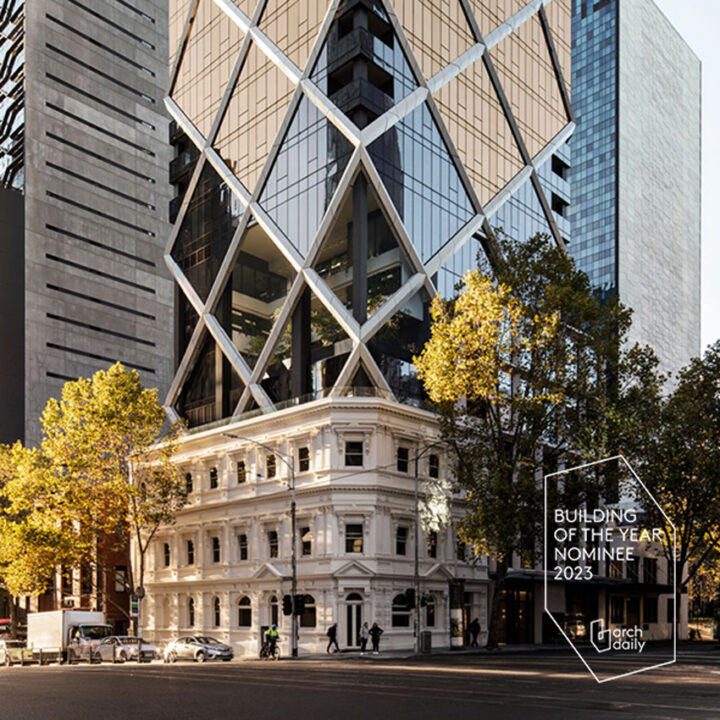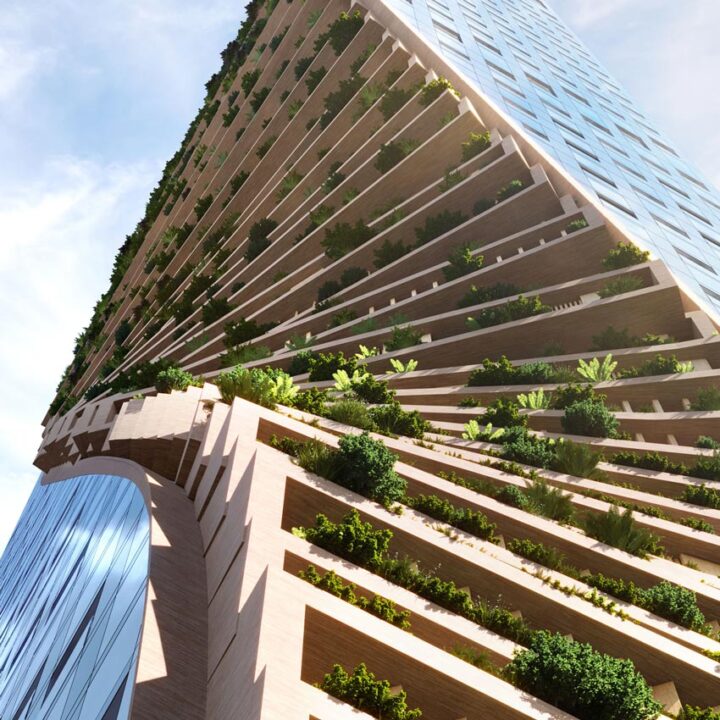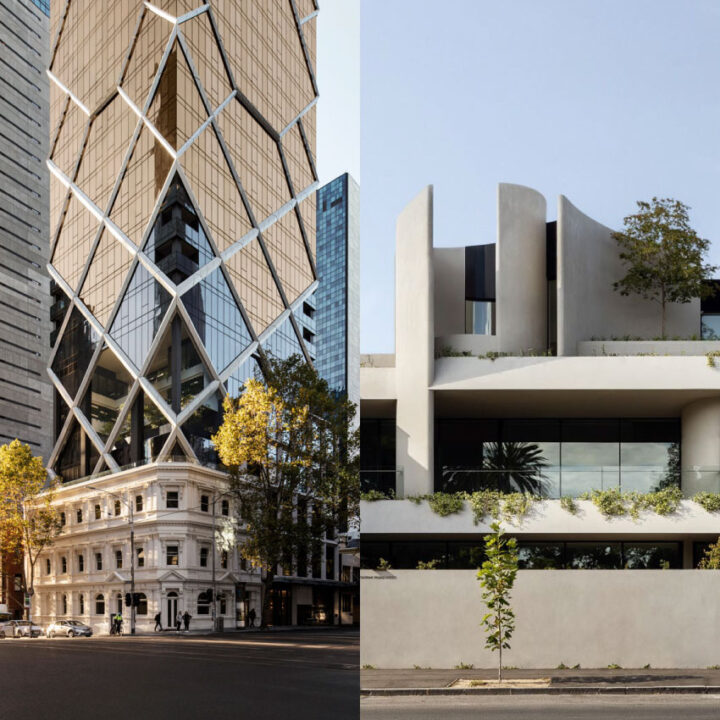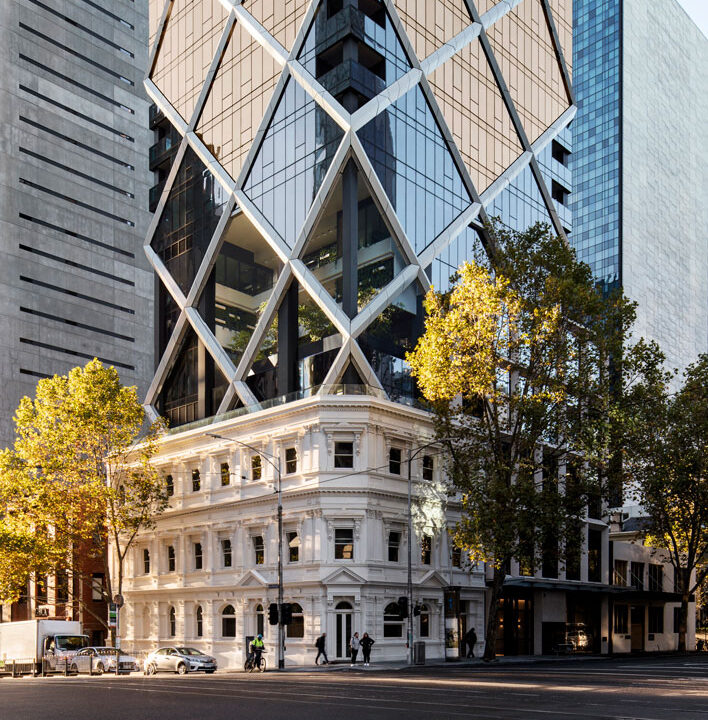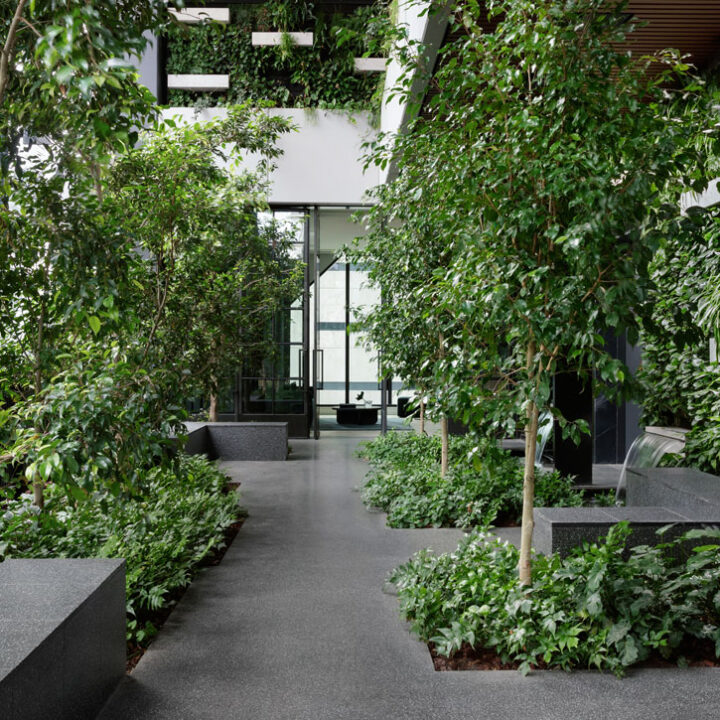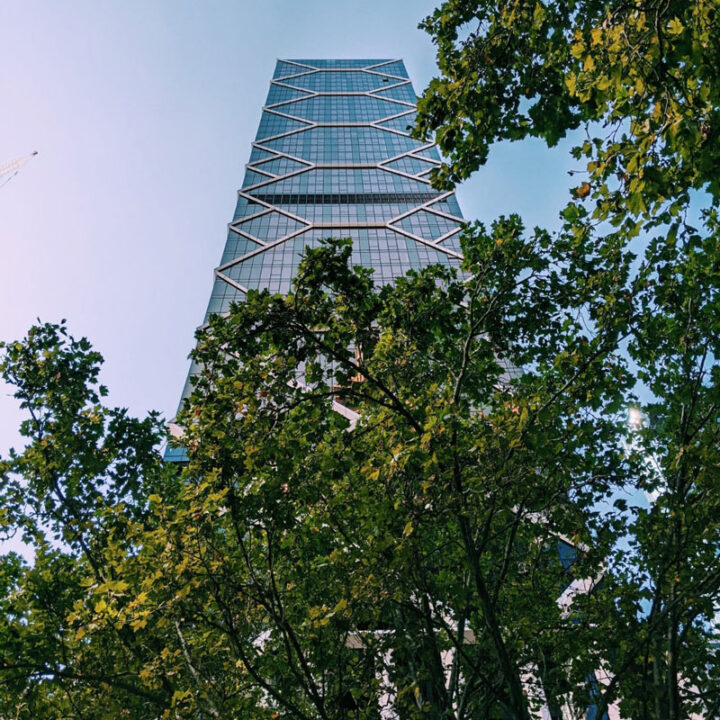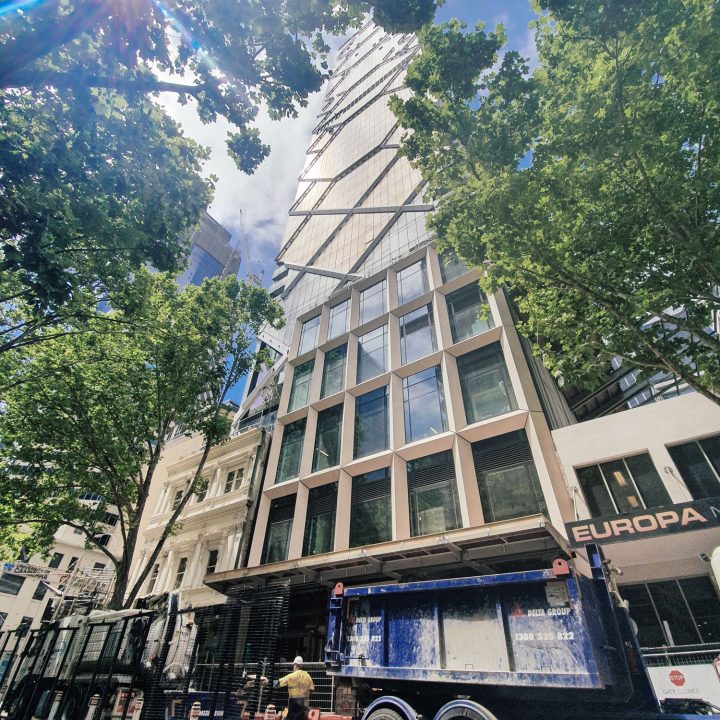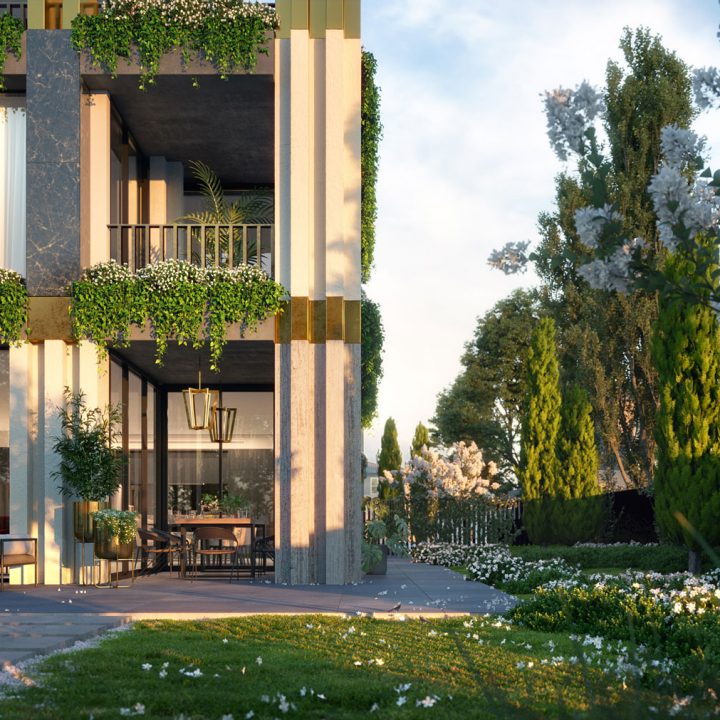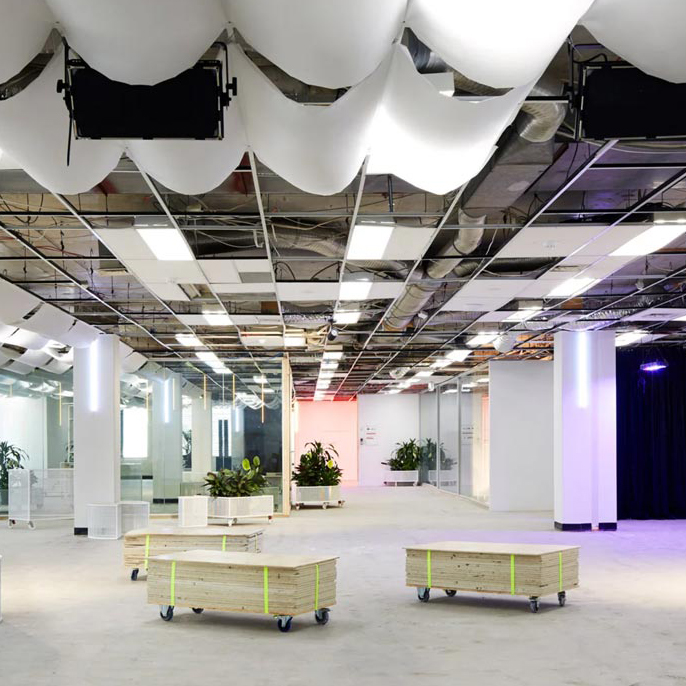What is your value?
Remember the time in primary school, when you learnt about how trees help our environment? In the presence of sunlight, it converts carbon dioxide into oxygen. It removes pollutants and purifies the air that we breathe in. It reduces flooding by absorbing water runoff through its root system.
How about the time you decided to enjoy your lunch in the nearby park? Perhaps it was a case of biophilia that stole you away from the office towers. Or maybe the tree canopy provided the much-needed refuge from the sun that was beating down on the back of your neck. Perhaps you were curious to see where the flock of white cockatoos were nesting amid the urban jungle.
Either way, there’s no denying that trees are valuable assets to our cities. They beautify our surroundings, provide shade to dwellers and introduce fauna back into an urban ecosystem.



